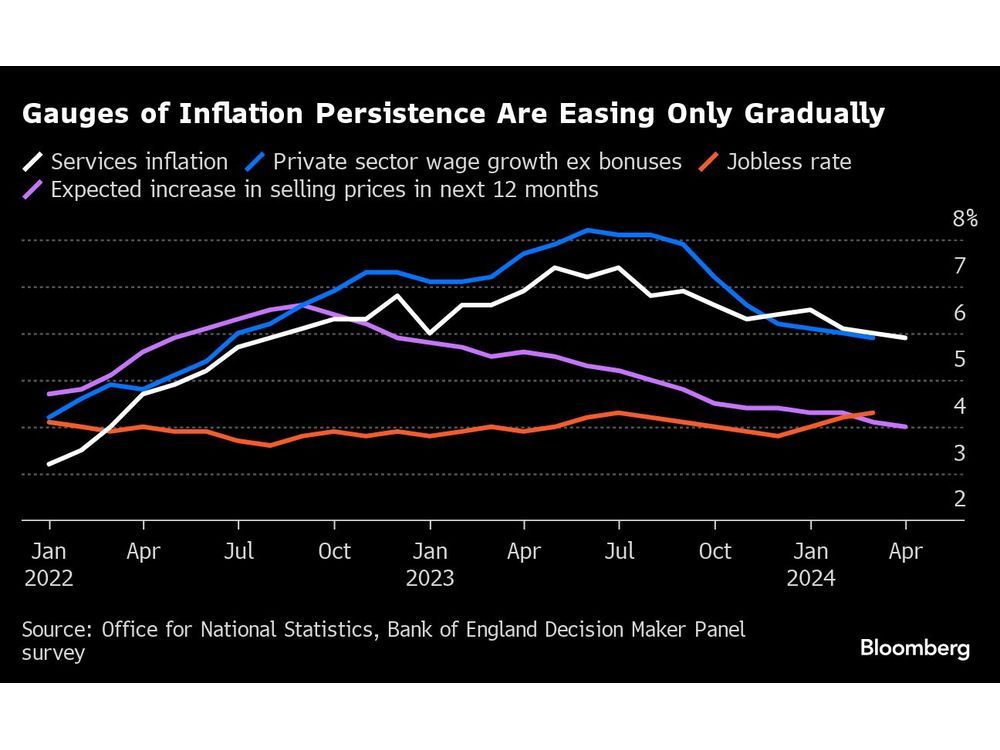Follow us on LinkedIn
What are Valuation Multiples?
Valuation multiples are a group of ratios or multiples used to evaluate a company. For investors looking to compare between various investments, these multiples provide a comparison method. Valuation multiples consist of several tools to evaluate a company using financial metric comparisons. These multiples include assessing a single financial metric as a ratio of another metric for specific purposes.
The aim of using valuation multiples is to make comparisons between several companies or businesses straightforward. These multiples aim to provide a company’s financial and operating characteristics using a measurable ratio. However, investors must use metrics that have a logical relationship with a company’s value to provide accurate measurements.
What are the types of Valuation Multiples?
There are various types of valuation multiples that provide investors with a tool for evaluation. These multiples come in two categories, including equity multiples and enterprise value multiples. Both of these are relevant tools for investors to use. However, they provide varying results as the former bases calculations on equity while the latter uses enterprise value.
Equity Multiples
Equity multiples are relevant when investors make decisions about investing in stocks. These multiples base calculations on equity and do not consider other factors that enterprise value does. Therefore, it provides investors with a tool to only consider equity investments. These multiples involve calculating the ratios between a company’s performance and its share price.
Some of the well-known and commonly used equity multiples are as below.
Price-to-Earnings Ratio
The price-to-earnings ratio (P/E) considers a company’s stock price in relation to its earnings per share for a period. It is one of the most prominent ratios used by investors when evaluating company stocks.
Price-to-Book Ratio
The price-to-book ratio is another commonly used ratio that compares a company’s stock price to its book value per share.
Price-to-Sales Ratio
The price-to-sales ratio considers a company’s stock price in relation to its revenues.
Enterprise Value Multiples
Enterprise value multiples vary from equity multiples. Enterprise value multiples consider a company’s enterprise value rather than its stock price. Through that, it also incorporates a company’s debt. For that reason, it is a better measure of a company’s total value.
Some enterprise value multiples include the following.
Enterprise Multiple
The enterprise multiple provides a company’s value by dividing its enterprise value by its EBITDA.
Enterprise Value-to-EBIT
The enterprise value-to-EBIT ratio is similar to the enterprise value. However, it includes depreciation and amortization in the earnings when calculating the ratio.
Enterprise Value-to-Sales
The enterprise value-to-sales ratio is another commonly used valuation method. It considers the ratio of a company’s enterprise value to its sales. This multiple is useful for companies that have a negative EBIT or EBITDA.
Why do investors use Valuation Multiples?
There are various reasons why investors may use valuation multiples. These multiples provide valuable insights and information about a company. Valuation multiples also allow investors to quantify a company’s performance and valuation. On top of that, these are easy to calculate for any company using financial statements. Consequently, valuation multiples also provide a way for investors to compare various options.
Conclusion
Valuation multiples are a group of financial metrics that allow investors to evaluate a company. There are many valuation multiples that investors can use. These come in two categories, namely equity and enterprise value multiples. Each of these categories has specific uses. Investors use valuation multiples for various reasons, for example, comparisons, evaluations, etc.
Further questions
What's your question? Ask it in the discussion forum
Have an answer to the questions below? Post it here or in the forum





Prime Minister Keir Starmer’s promise to “get Britain building again” will quickly face a shortage of skilled workers in the very industries he’s hoping will power the turnaround.